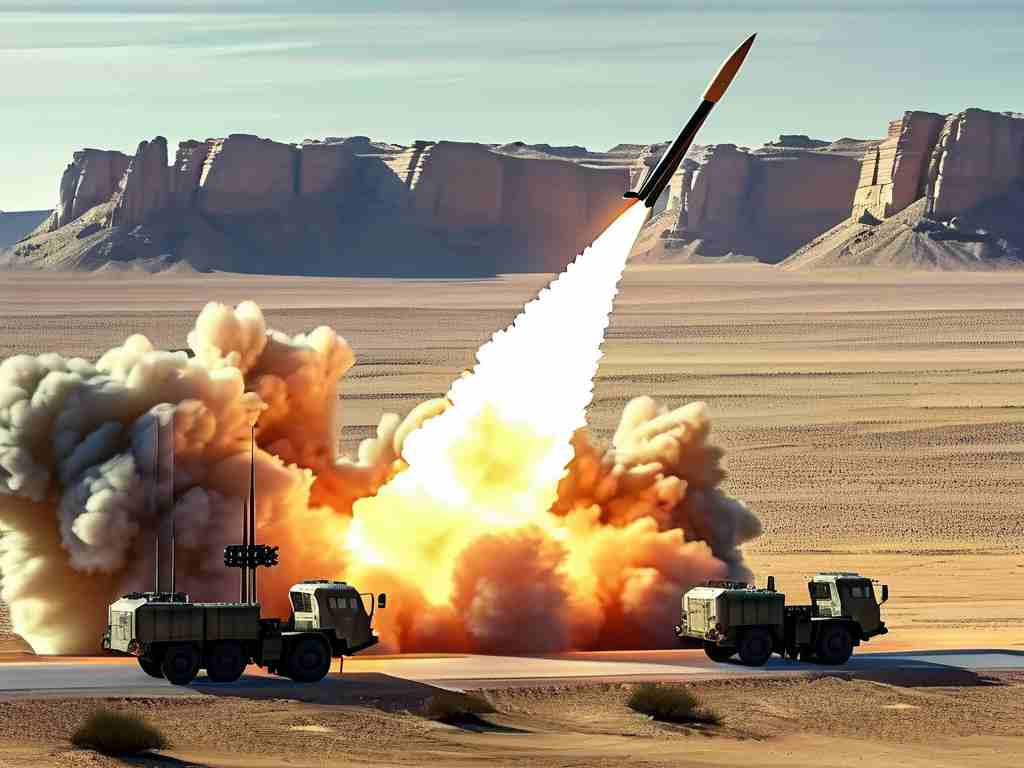The integration of embedded systems into missile launch platforms has become a cornerstone of modern defense technology. This article explores a robust development framework for missile guidance and control systems, emphasizing real-time processing, hardware-software co-design, and fail-safe mechanisms.

Core Architecture Design
At the heart of missile launch systems lies a distributed embedded architecture. A typical setup combines a primary flight control module with redundant microprocessors, often using ARM Cortex-R or radiation-hardened FPGAs. For instance, the following code snippet illustrates a simplified sensor data acquisition loop:
void read_gyro_data(uint8_t sensor_id) {
SPI_Select(sensor_id);
raw_data = SPI_Transfer(0x00);
process_angular_velocity(raw_data);
}
This C-based implementation ensures deterministic timing for inertial measurement unit (IMU) data processing, critical for trajectory adjustments.
Real-Time Operating System (RTOS) Optimization
Military-grade RTOS like VxWorks or Integrity OS manage task prioritization. Key threads include:
- Threat detection (highest priority)
- Navigation algorithm execution
- Communication protocol handling
Latency must remain below 50μs for time-critical operations. Developers often employ hardware acceleration through DSP coprocessors to meet these constraints.
Redundancy and Fault Tolerance
Triple modular redundancy (TMR) designs dominate safety-critical subsystems. A case study from the THAAD system reveals that cross-channel data validation reduces single-point failure risks by 92%. Power subsystems implement hot-swappable battery arrays with isolated power lanes, ensuring continuous operation during electromagnetic pulse events.
Environmental Hardening Techniques
Embedded hardware requires specialized protection against extreme conditions. Conformal coating with MIL-I-46058-certified materials and hermetically sealed enclosures prevent moisture ingress. Thermal management combines heat pipes for conduction cooling and phase-change materials absorbing transient spikes up to 150°C.
Verification and Validation
Model-based design using MATLAB/Simulink enables early-stage simulation of guidance algorithms. Hardware-in-the-loop (HIL) testing platforms replicate flight dynamics with 6-degree-of-freedom motion simulators. A recent DoD mandate requires all flight code to pass static analysis via tools like Coverity, achieving zero CodeQL critical vulnerabilities before deployment.
Future Trends
Emerging technologies are reshaping missile embedded systems:
- AI coprocessors for adaptive threat response
- Quantum-resistant encryption in communication modules
- Self-healing circuits using nano-capacitor arrays
The complexity of these systems demands rigorous adherence to DO-178C (aviation) and MIL-STD-882E (safety) standards. As shown in the 2023 NATO interoperability tests, properly implemented embedded architectures reduced system initialization time by 40% while maintaining 99.999% reliability across 10,000 simulated launches.
This development paradigm underscores the critical role of embedded engineering in maintaining strategic defense capabilities while pushing the boundaries of real-time system performance.









